Art Certificate Earned!! :))
I got it! And I’d like to share with you just a small fragment of my delightful experience in getting there.
Art historian Rocky Ruggiero presented two four session courses this Spring for the Smithsonian: Italian Renaissance Art and Drama Most Splendid: The Art and Architecture of the Baroque and Rococo. I want to briefly talk about the Italian Renaissance course first.
Professor Ruggiero gave us a quick survey of late Medieval Art, after which we slid easily into the early Renaissance. First, Cimabue (c. 1240 – 1302), whose famous Crucifix was so badly damaged in the 1966 flood in Florence. It took them eleven years to restore it.
Today in Florence, priceless artworks or manuscripts are not kept at street level or underground. Higher flood barriers are in place near the Uffizi Gallery; new reservoirs and another dam were built. Regular flood drills are conducted in the city, and advance warning systems are in place, yet some experts question whether enough has been done to prevent disaster next time the Arno bursts its banks.
Cimabue’s Crucifix is now fixed on a high wall in the Museum of Santa Croce, with an electrical pulley designed to haul it up to safety in the event of another deluge.
[From “The Great Flood of Florence, 50 Years On,” by Eileen Horne, in The Guardian, November 5, 2016]
There’s a terrific book on this subject by Robert Clark: Dark Water: Art, Disaster, and Redemption in Florence.
Anyhow, after a necessarily brief stop in Siena, highlighting the work of two of its great masters, Giovanni di Paolo and Duccio di Buoninsegna,
Detail of the above:
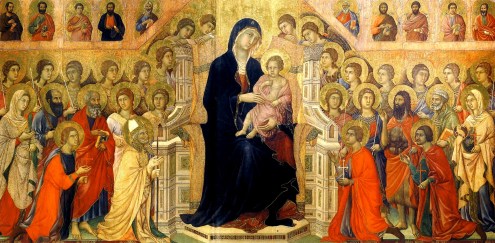
Duccio’s spectacular Maesta. I love the story of how the people carried this masterpiece through the streets of the city before placing it on the altar of Siena Cathedral. I can almost see the procession, in my mind’s eye…
it was back to Florence, Cradle of the Renaissance. But wait – There’s still Pisa, a place which as lots more to see than this:
Nicola Pisano and Giovanni Pisano, equally gifted father and son, created these beautiful sculptural works:
So when we finally get back to Florence, we must immediately salute the mighty triumvirate of the Italian High Renaissance: Raphael, Leonardo, and Michelangelo.
Of the three, Raphael is my personal favorite. I love his portrait pf Baldassare Castiglione:
Also I like this video, with its dramatic re-enactments and its appealing actor, Joe McFadden, in the role of Raphael:
I can never forget standing, alongside my sister-in-law Donna, before Leonardo’s Madonna of the Rocks in London’s National Gallery:
Finally, Michelangelo. Professor Ruggiero waxed rhapsodic over this genius, of course with good reason:
Professor Ruggiero stated most emphatically that Michelangelo did NOT assume a prone position while painting the Sistine ceiling. He painted standing up, on the scaffolding.
This is such a quick run-though, with so much left out – sorry! Also, I hope I haven’t made any errors – let me know if you spot any.
And I didn’t even get to “Drama Most Splendid.” Next time, then.

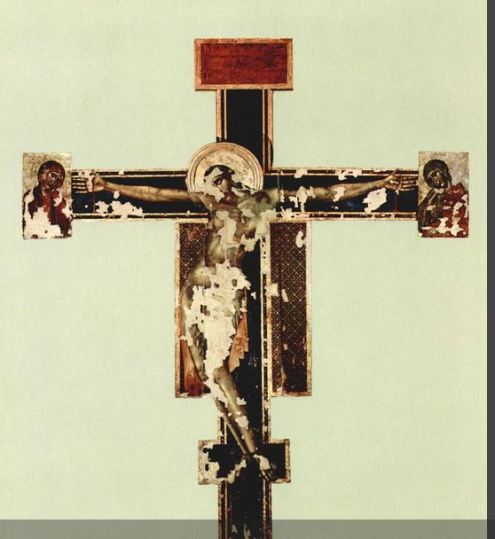
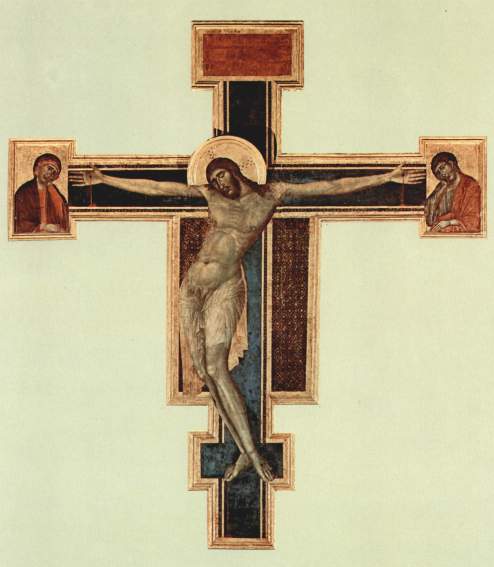


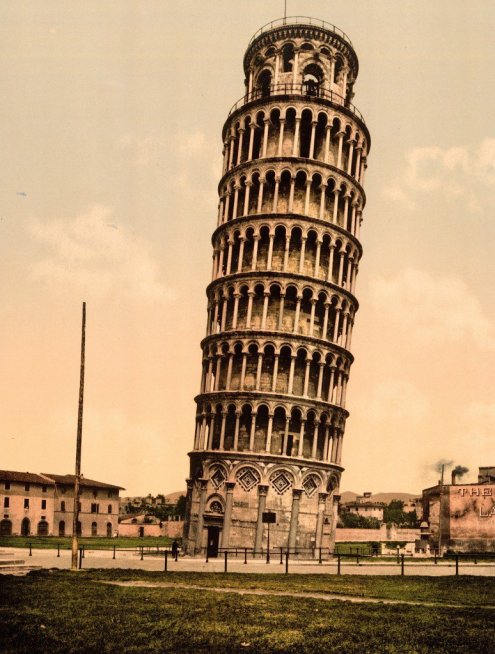

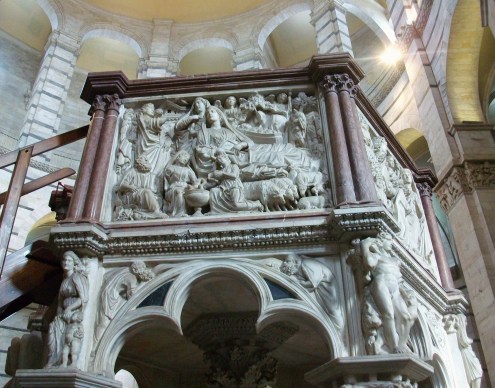



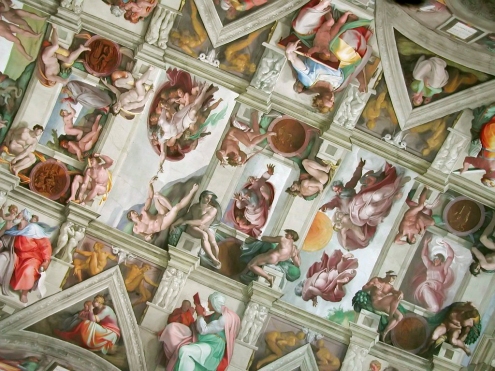
Christophe said,
June 5, 2021 at 8:58 pm
Congratulations. Of course, the journey is more important and enjoyable than the certificate, but the latter is still a nice acknowledgement of your dedication and perseverance.
Roberta Rood said,
June 9, 2021 at 9:15 pm
Thanks so much, Christophe! The whole experience was wonderful.